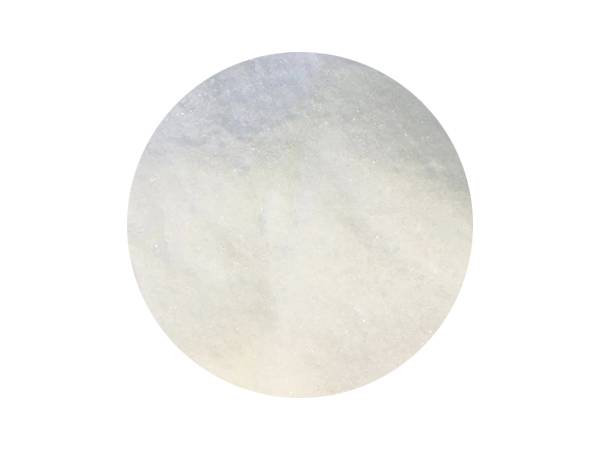



how to use sodium bisulfate in pool
How to Use Sodium Bisulfate in Your Pool
Maintaining a sparkling and healthy swimming pool requires regular monitoring and adjusting of various chemical levels. One important component of your pool care regimen is the pH level. Ideally, pool water should have a pH level between 7.2 and 7.8. If your pool water's pH is too high, it can lead to a variety of problems, including cloudy water, scale formation, and reduced effectiveness of chlorine. One effective solution for lowering high pH is sodium bisulfate.
Sodium bisulfate, often referred to as dry acid, is a common pool chemical that helps to decrease pH levels efficiently and safely. Here's a guide on how to use sodium bisulfate in your pool
1. Testing the Water Before adding any chemicals to your pool, it's essential to test the water to determine the current pH level. You can use test strips or a liquid testing kit to get accurate readings. If the pH level is above 7.8, it's time to consider using sodium bisulfate.
2. Calculate the Required Amount Once you have tested the water, you need to determine how much sodium bisulfate to add. The general rule of thumb is to add approximately 1 pound of sodium bisulfate per 10,000 gallons of water to lower the pH by about 0.2. However, this can vary based on the specific conditions of your pool, so referring to the product’s instructions is important for accurate dosing.
3. Prepare the Sodium Bisulfate Sodium bisulfate usually comes in a granular form. Before adding it to your pool, you should first dissolve it in a bucket of water. This helps to prevent any acidic burns or damage to the pool's surface when the chemical is introduced directly into the water. Mix the sodium bisulfate thoroughly in the bucket until it is completely dissolved.
how to use sodium bisulfate in pool

4. Adding to the Pool Once the sodium bisulfate is dissolved, slowly pour the solution into the deep end of the pool while the pump is running. This ensures even distribution throughout the water. It’s essential to add the chemical during low sun hours, such as early morning or late evening, as this reduces the risk of the chemical degrading under sunlight.
5. Wait and Test Again After adding sodium bisulfate, allow the water to circulate for at least 4 to 6 hours before testing the pH level again. This ensures that the chemical has had enough time to fully interact with the water. After the waiting period, retest the pH levels to see if they have fallen within the desired range.
6. Repeat if Necessary If the pH is still too high, you may need to repeat the process, adding small amounts of sodium bisulfate incrementally until the desired pH is reached. Remember to always follow manufacturer guidelines and make gradual adjustments rather than overcorrecting.
7. Safety Precautions When handling sodium bisulfate, wear gloves and goggles to protect your skin and eyes, as it can be an irritant. Always store the chemical in a cool, dry place and keep it out of reach of children.
Using sodium bisulfate is an effective way to maintain optimal pH levels in your pool, ensuring a safe and enjoyable swimming experience. Regular monitoring and adjustments will help you keep your pool in the best condition possible, allowing you to make the most of your leisure time.
-
Sodium Chlorite Hot UsesNewsJul.01,2025
-
Sodium Chlorate ApplicationsNewsJul.01,2025
-
Smart Use Of Sodium ChloriteNewsJul.01,2025
-
Power Of Sodium BisulfateNewsJul.01,2025
-
Potassium Monopersulphate & Sodium Chlorite: Key to Effective Cleaning SolutionsNewsJul.01,2025
-
Pool Water Treatment GuideNewsJul.01,2025
-
Why Strontium Carbonate Still MattersNewsJun.06,2025










